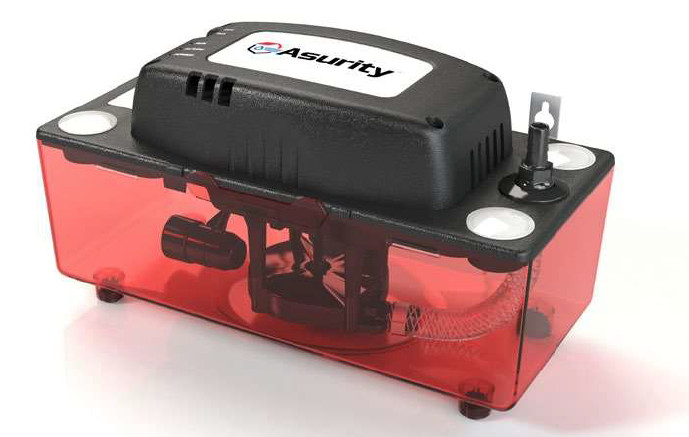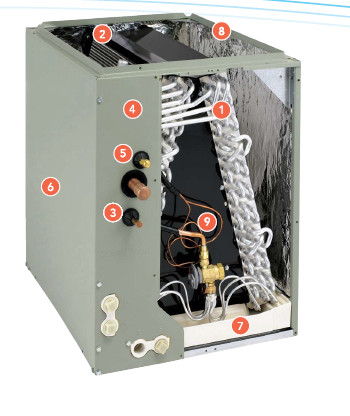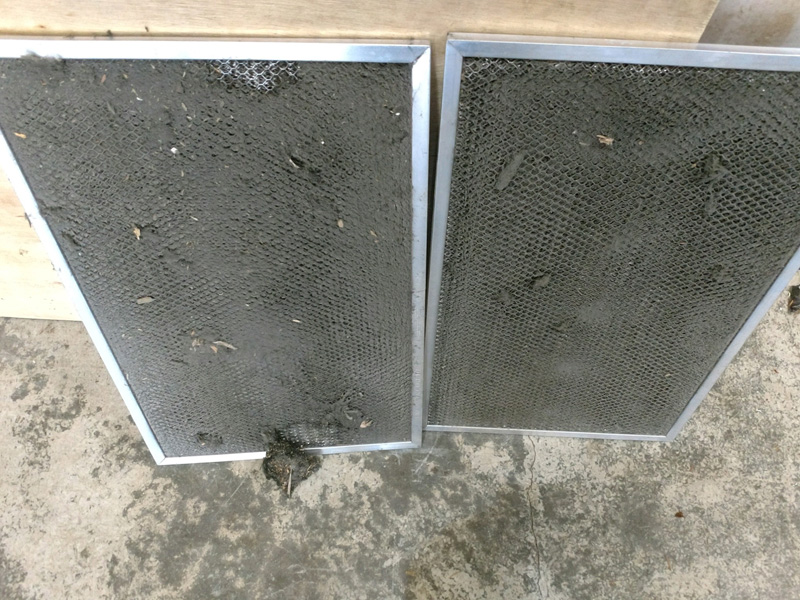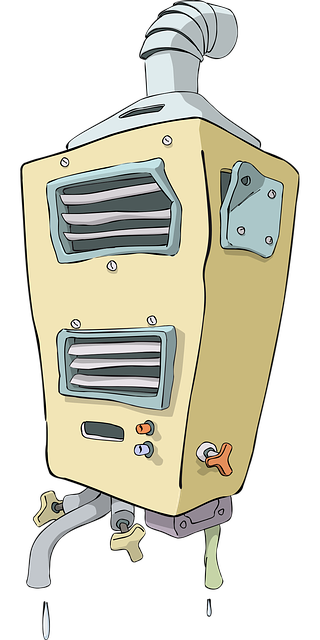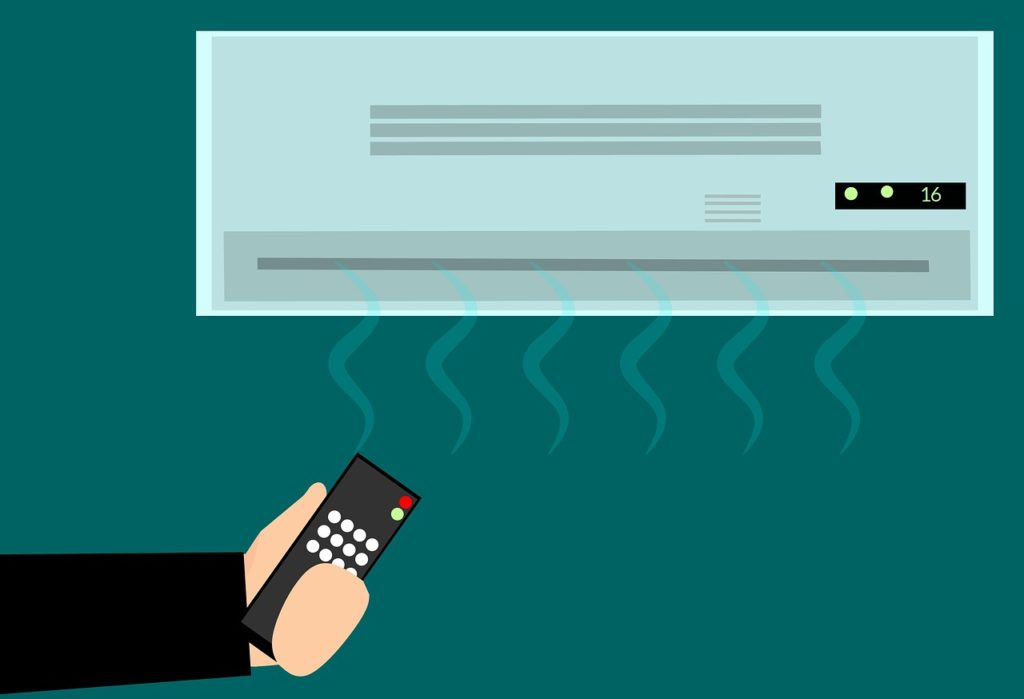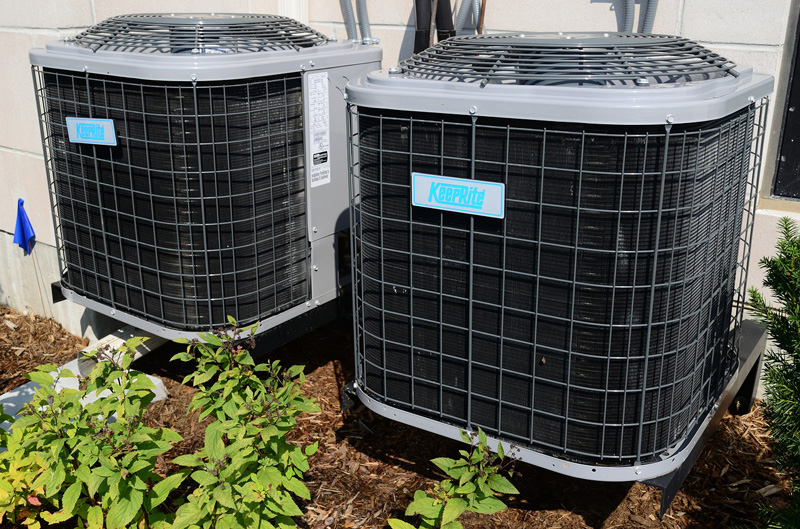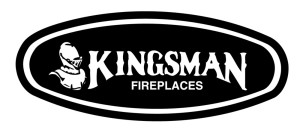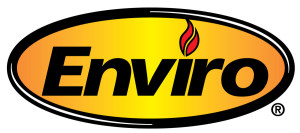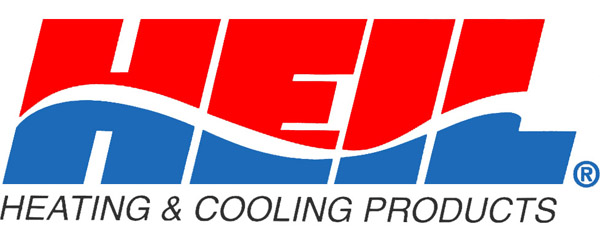There are big problems, and there are little problems. It’s best for your happiness and comfort to avoid as many big problems as possible.
AC drain pan problems and leaks and overflows can cause big problems for your home, your quality of life, and your pocketbook.
If you have a heat pump or a regular air conditioner, and you suspect a problem, you’ll want to go inspect the indoor portion of your HVAC system. You’re looking at where the water drains from out of the cased coil into the line that exits the house, which it can do through a passive drain or a condensate pump.
If you see evidence of water leakage or mold, you could have a clogged drain line or other problem causing water to go where it shouldn’t be.
What Is a Drain Pan and Drain Line?
When water condenses on the coil in your AC and drains into the pan, it’s supposed to go out the drain line. The pan is a flat trough the sits below the coil (see item 1 in the diagram), and is usually about two inches tall. This pan isn’t visible from the outside of the unit. It is usually concealed by the metal casing (see item 7 in the diagram).
The drain line is typically a PVC pipe or clear tubing that the water drains into from the drain pan. For most air conditioners, this line leads into a small, powered box called a condensation pump. In other systems, the line passively takes water outside your home.
There is also a P-trap, which is after the drain line exits the coil, but before the condensate pump. The same thing is present if your system uses a passive drain too.
So the pan and line are inside your home or garage, and the line takes any access water to the outside.
What Can Go Wrong with the AC Drain Pan?
If the drain line gets clogged, the pan can start to collect water. As you know, standing water doesn’t usually turn out to be a good thing. You can get mold, algae, rust, and other buildup that can be the reason the line clogged in the first place, or it can make what used to be a partial blockage much worse.
If this problem is left unattended, you can end up with much bigger problems, such as:
Frozen coil
This will reduce the functionality of the air conditioner, costing more money to produce the same level of cooling because it makes the system work harder. It’s worth noting that dirty air filters can contribute to this problem, because when air flow is hindered, it can cause the coil to freeze. When the coil thaws, you have a drainage issue. So if your AC isn’t performing well, check the air filter first before suspecting a clogged line.
System shutdowns
If the line is clogged, excess water or moisture from the coil thawing can cause the system to just stop working.
Water damage
If the drain pain or the line has a leak, that would be a serious situation because it could mean water is seeping into areas of the house where it will only cause problems.
Heat pump problems
If you have a heat pump, drain pan problems can affect the AC mode of your system in the same way. This can get technical, but if you have a 90-96% furnace, condensed liquid can cause the drain line to freeze. But it should not shut down the system unless the pumps fails and it has a float safety switch. Or, your system could have a water sensor that will shut off the system if it detects water.
What to Do If You Suspect a Drain Line Leak or Problem
If you leave these problems unattended, you could end up with a non-working air conditioning system and will have to fork over big money to replace the whole thing, or repair complex components.
So, it’s worth your while to look over your system for evidence of dripping or leaking water. If the system seems to be operating normally, it’s probably doing fine. You should also get routine maintenance done now and then so you can keep these bigger problems away. When we do maintenance on air conditioners, we also clean out the P-trap.
Manufacturers recommend checking your system every year, ideally in the spring before you need to use your AC that year.
If you do suspect a serious problem like a drain line leak or water collecting in the drain pan, don’t let it sit there getting worse. Contact your local AC repair service.
If you live in Snohomish County or any of the zip codes listed in the footer of our home page, B&C Comfort can come out and repair the problem. Click the link below to get on our schedule.

